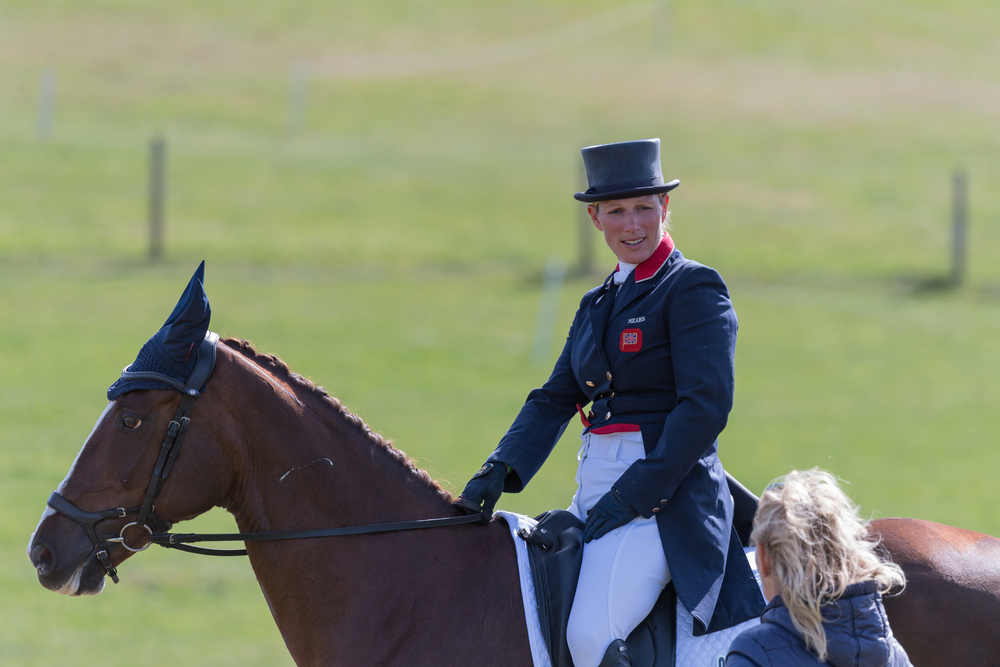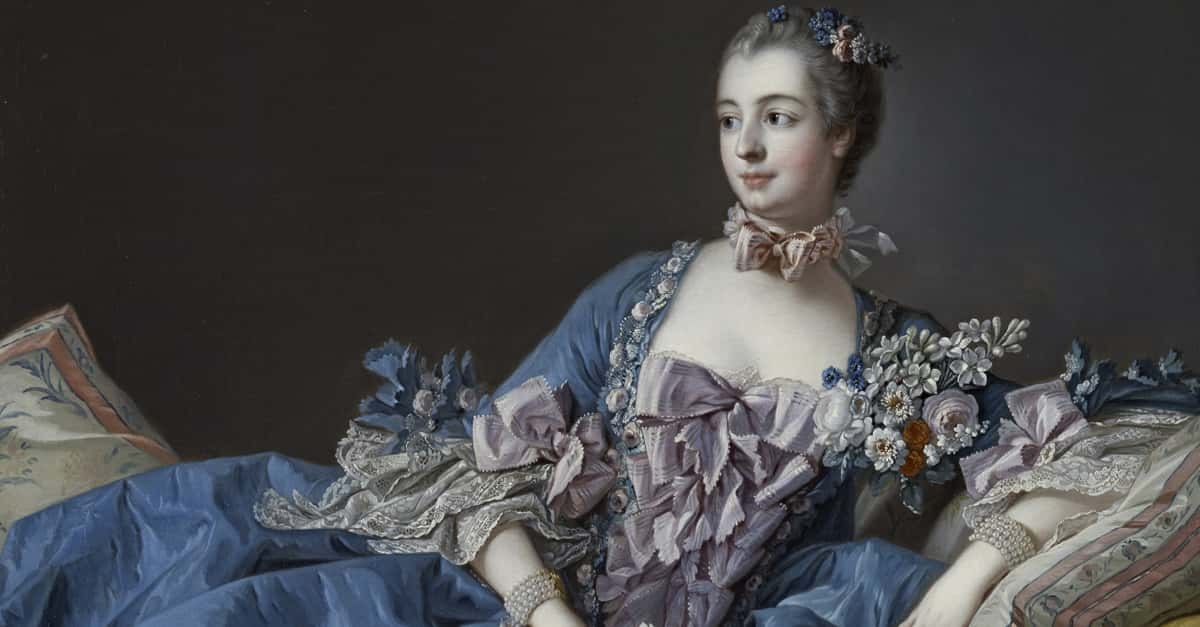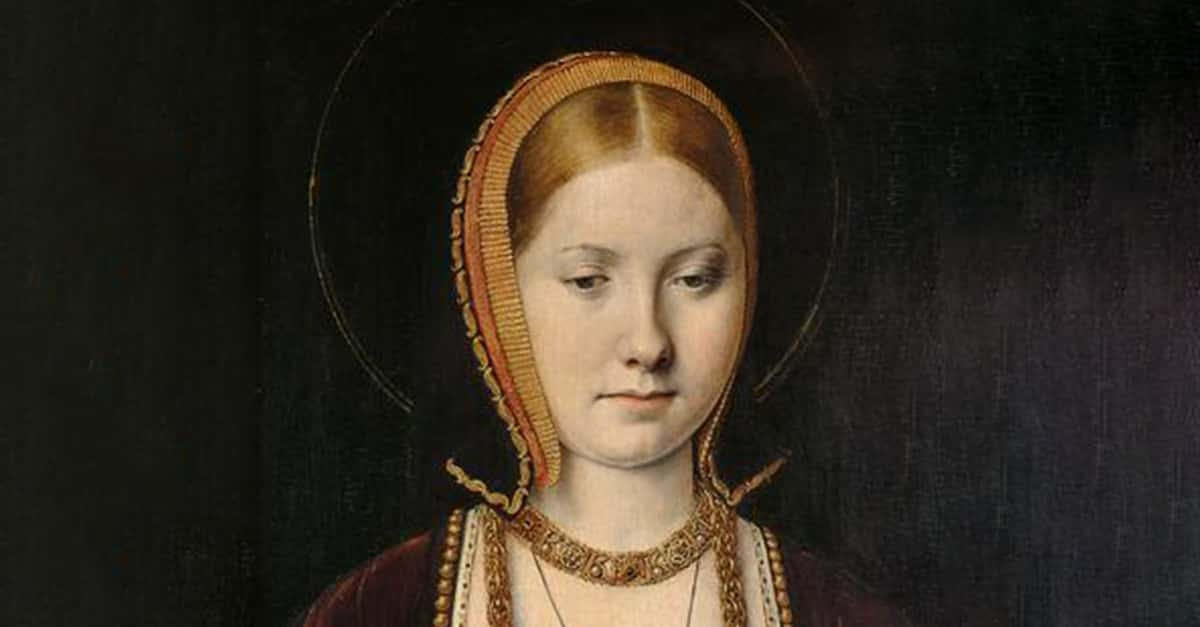The Royal Descendants Of Queen Victoria
Queen Victoria's legacy lives on through her nine children, whose strategic marriages intertwined Europe's royal families and produced generations of descendants. As a result, she remains directly linked to many of today's reigning monarchs. Often called the "Grandmother of Europe," Queen Victoria has descendants sitting on the thrones of five of the world's approximately 28 surviving monarchies.
Victoria’s Unexpected Rise
Princess Victoria was born on May 24, 1819, to Prince Edward, Duke of Kent, the fourth son of King George III. Just a month after her 18th birthday, she ascended the throne following the death of her uncle, King William IV. This unexpected rise came amid a succession crisis, as Victoria was the only legitimate heir to the British crown. A struggle for stability marked her early life, but that would soon change.
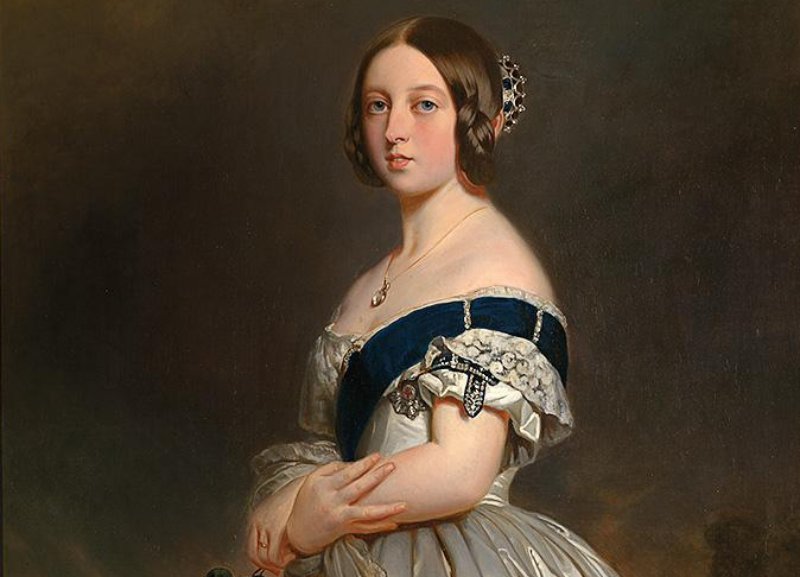 Franz Xaver, CC0, Wikimedia Commons
Franz Xaver, CC0, Wikimedia Commons
The Queen Who Secured The Crown
Once crowned queen, Queen Victoria swiftly stabilized the monarchy, solidifying her power and influence. With a sharp political mind, she navigated the challenges of her reign and secured her place in history as a defining ruler of her era. Her actions during this time shaped the future of the British monarchy and left a lasting legacy.
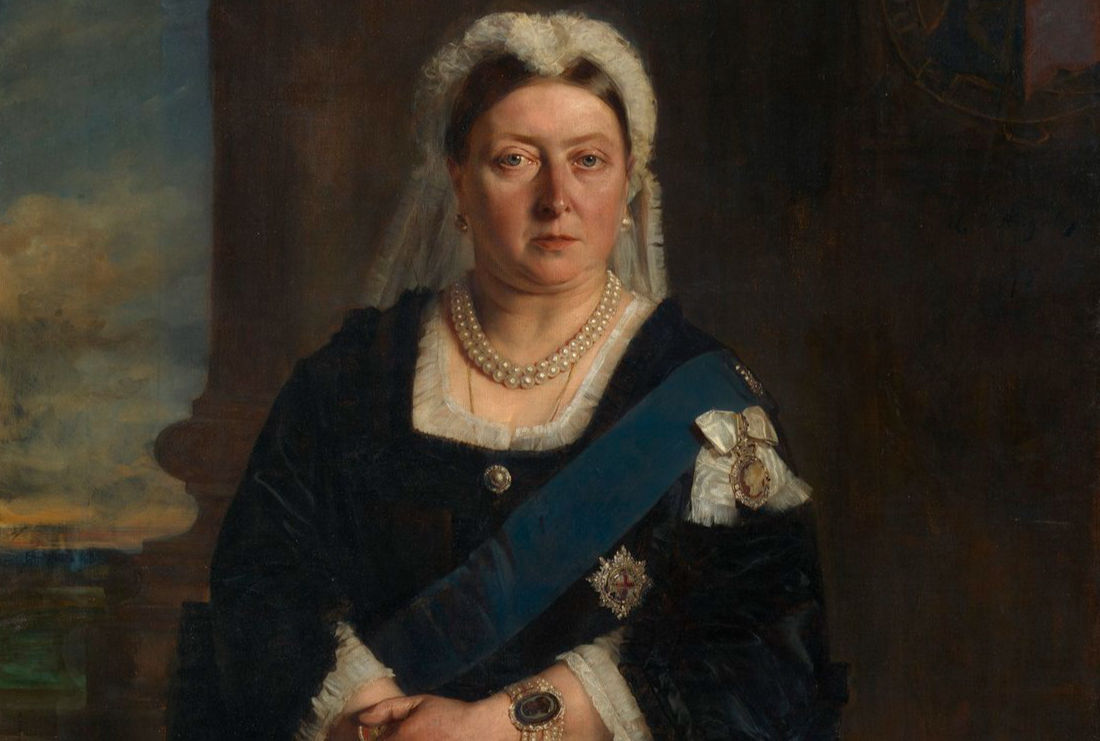 Heinrich von Angeli, Wikimedia Commons
Heinrich von Angeli, Wikimedia Commons
Nine Royal Heirs: Queen Victoria's Busy Family
In 1840, Queen Victoria married Prince Albert of Saxe-Coburg and Gotha, and together they had nine children—yup, you read that right, nine children! Their union was more than just royal; it became the foundation of an enduring legacy that would extend through generations.
 Wellcome Images, CC BY 4.0, Wikimedia Commons
Wellcome Images, CC BY 4.0, Wikimedia Commons
Twists And Tiaras: Queen Victoria’s Descendants
Queen Victoria became the longest-reigning monarch in British history, a title she held until her great-great-granddaughter, Queen Elizabeth II, surpassed it. Her influence shaped royal families across Europe, and her children and descendants have carried on that legacy in grand and, at times, messy ways. Hold on to your tiaras—this royal family tree has some twists!
 W. & D. Downey, Wikimedia Commons
W. & D. Downey, Wikimedia Commons
Generations Of Royals: Queen Victoria’s Descendants
Queen Victoria’s descendants have shaped European royalty for generations, with her nine children marrying into various royal families. These unions created a vast network of interconnected monarchies. But how have her British royal descendants and those across Europe continued her legacy? Let's look closer at the fascinating line of heirs that followed.
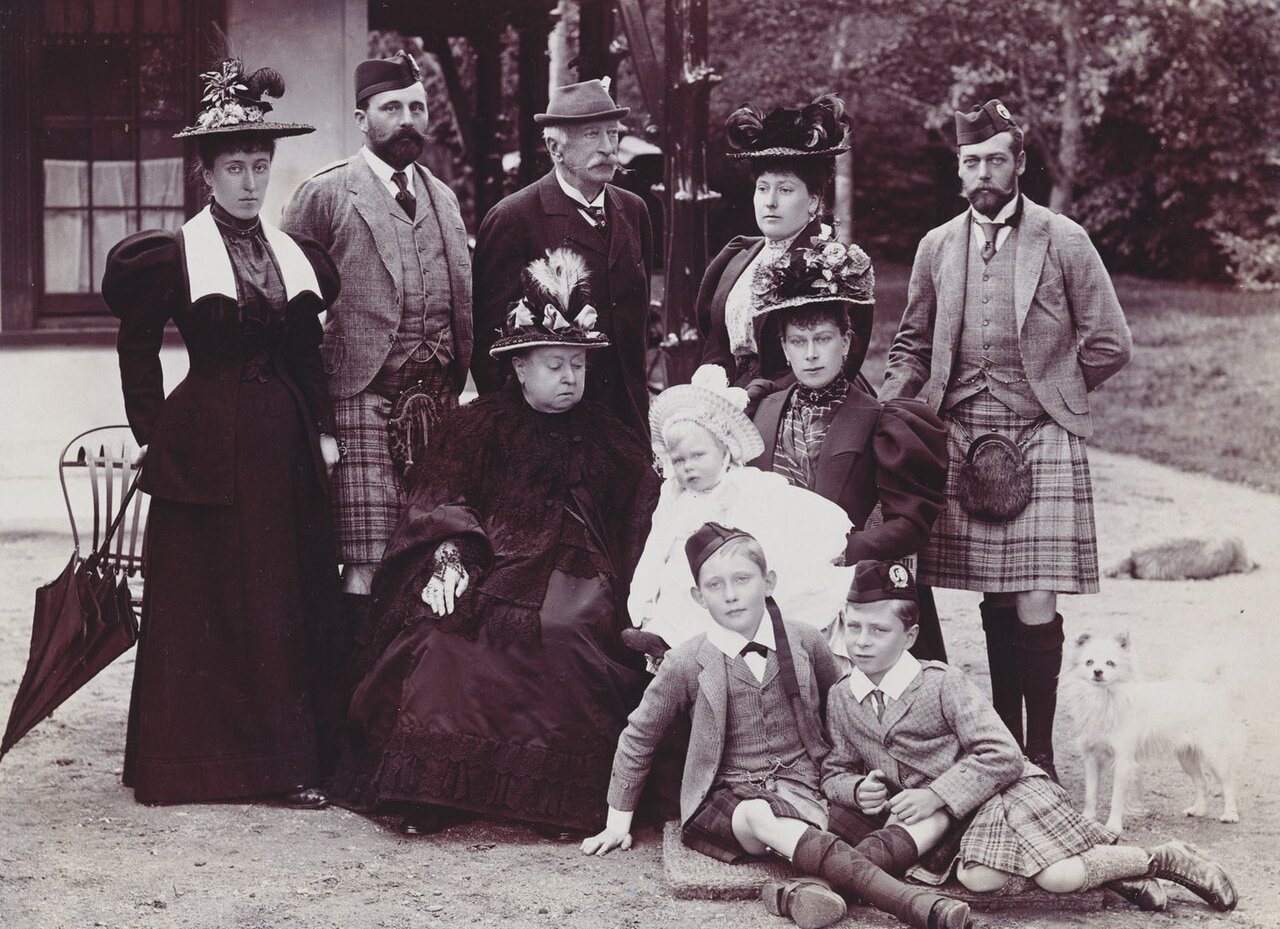 Robert Milne, Wikimedia Commons
Robert Milne, Wikimedia Commons
British Royal Family: Queen Elizabeth II
Queen Elizabeth II was a direct descendant, making Queen Victoria her great-great-grandmother—pretty straightforward so far. If you follow the family tree, you'll find Elizabeth II's father, King George VI, whose mother was Queen Mary, the daughter of King Edward VII, who just happened to be Victoria's son. But don't worry; we are just getting started.
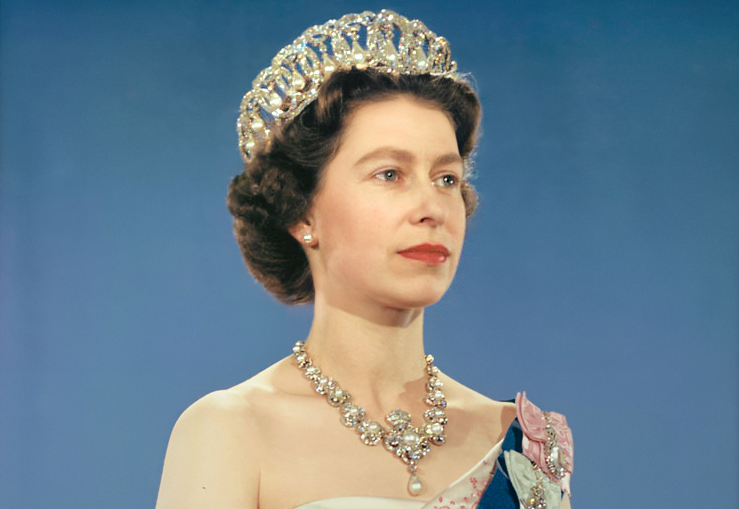 Donald McKague, Wikimedia Commons
Donald McKague, Wikimedia Commons
British Royal Family: King Charles III
King Charles III is a direct descendant of Queen Victoria through his mother, Queen Elizabeth II. But here's the twist—Charles' parents are both distantly related to Victoria, adding an unexpected layer to his royal lineage!
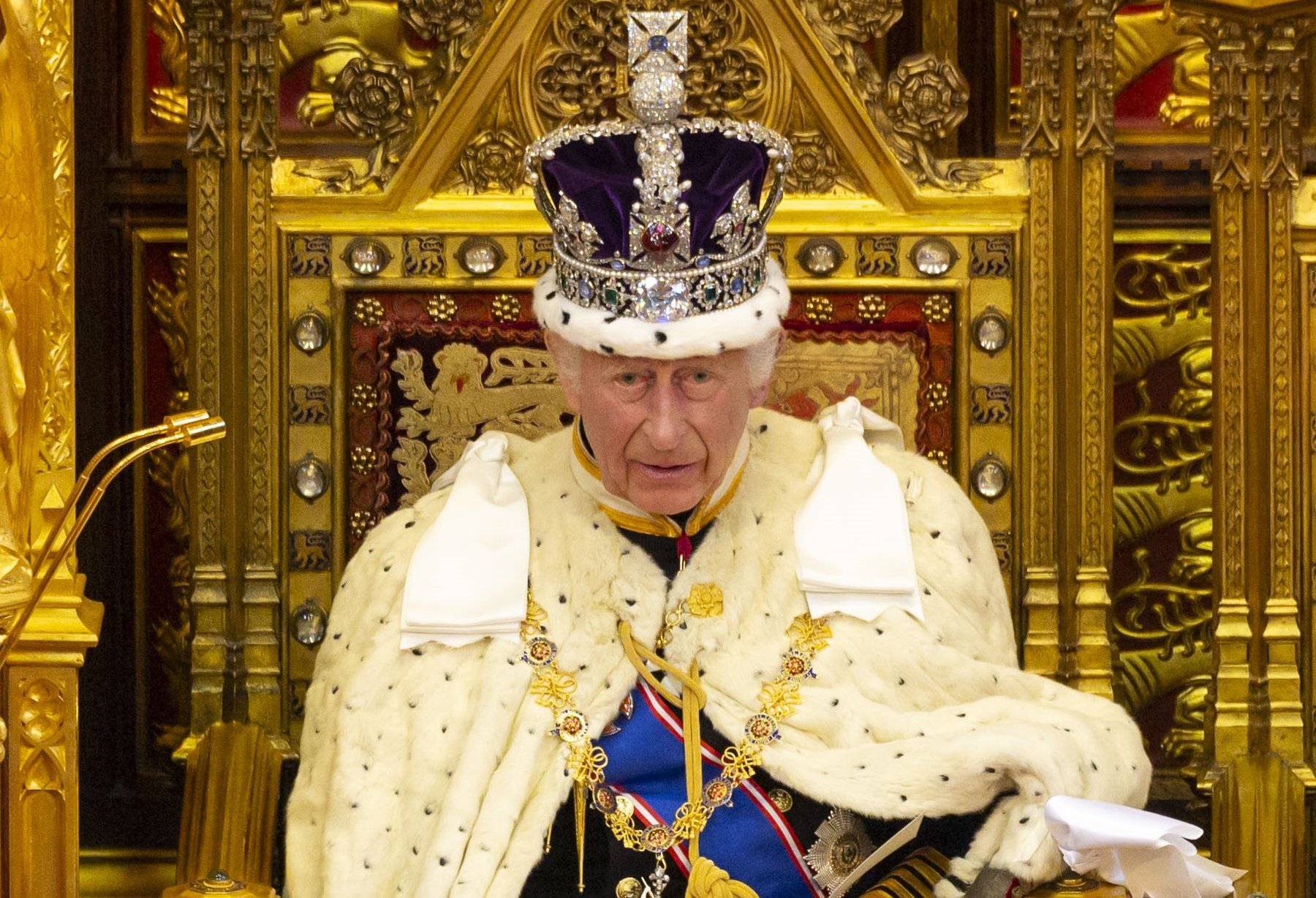 Roger Harris, CC BY 3.0, Wikimedia Commons
Roger Harris, CC BY 3.0, Wikimedia Commons
British Royal Family: Prince Philip, Duke Of Edinburgh
King Charles called Queen Elizabeth II and Prince Philip mom and dad. What might surprise you is that Queen Victoria also pops up in King Charles' dad's family. Queen Victoria appears in Prince Philip's lineage through his mother's side. His grandmother, Princess Victoria of Hesse by Rhine, was the daughter of Princess Alice—Queen Victoria's second daughter. But Queen Elizabeth married Prince Philip anyway—intriguing!
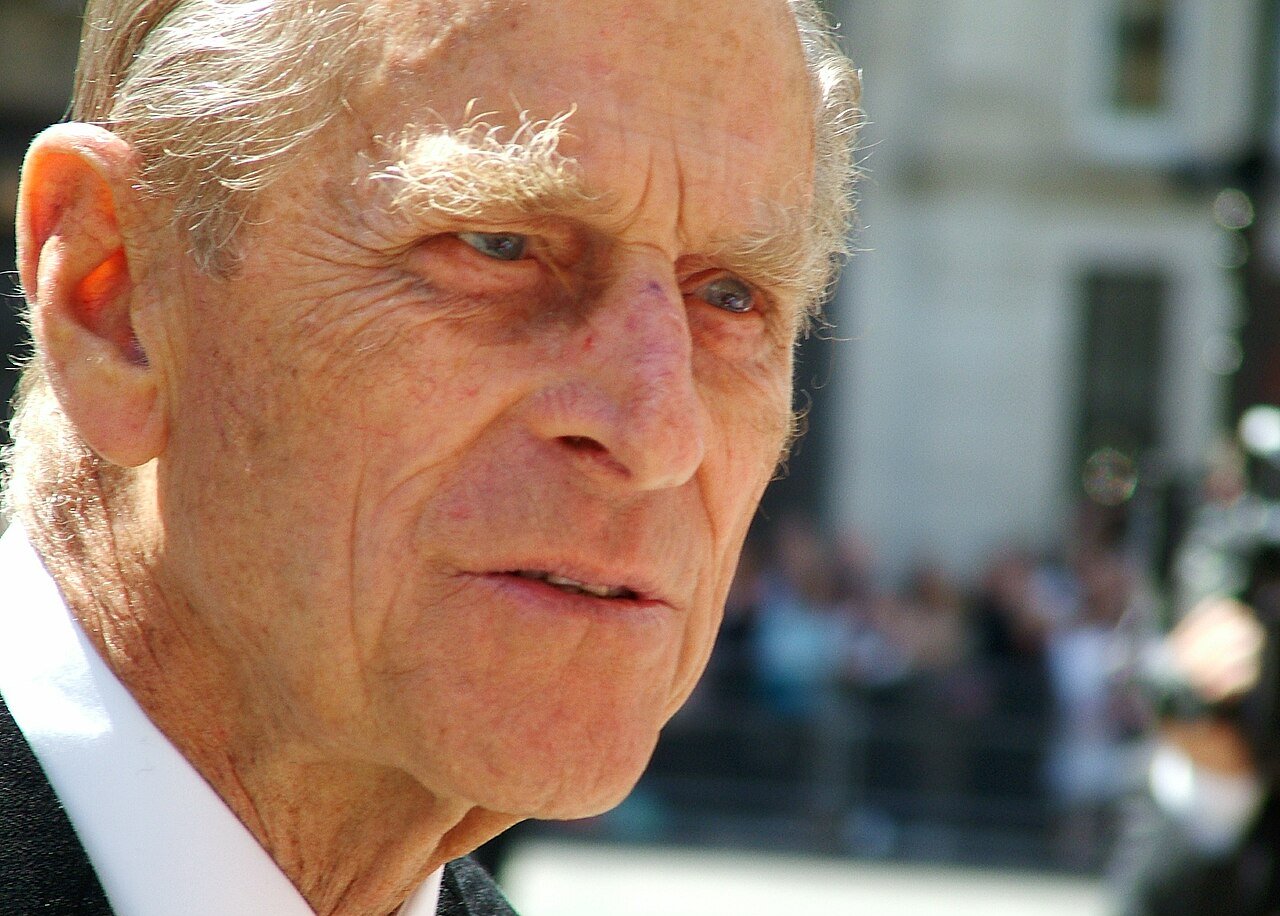 Michael Gwyther-Jones, CC BY 2.0, Wikimedia Commons
Michael Gwyther-Jones, CC BY 2.0, Wikimedia Commons

History's most fascinating stories and darkest secrets, delivered to your inbox daily.
British Royal Family: Prince Philip, Duke Of Edinburgh
Prince Philip entered the world in 1921 on the sun-drenched Greek island of Corfu with the rather grand name of Philippos Schleswig-Holstein Sonderburg-Glücksburg—a mouthful fit for royalty. He was the fifth child and only son of Prince Andrew of Greece and Princess Alice of Battenberg. His mother, Alice, made quite the regal debut herself—born in 1885 at Windsor Castle, with none other than her great-grandmother, Queen Victoria, in attendance. No pressure.
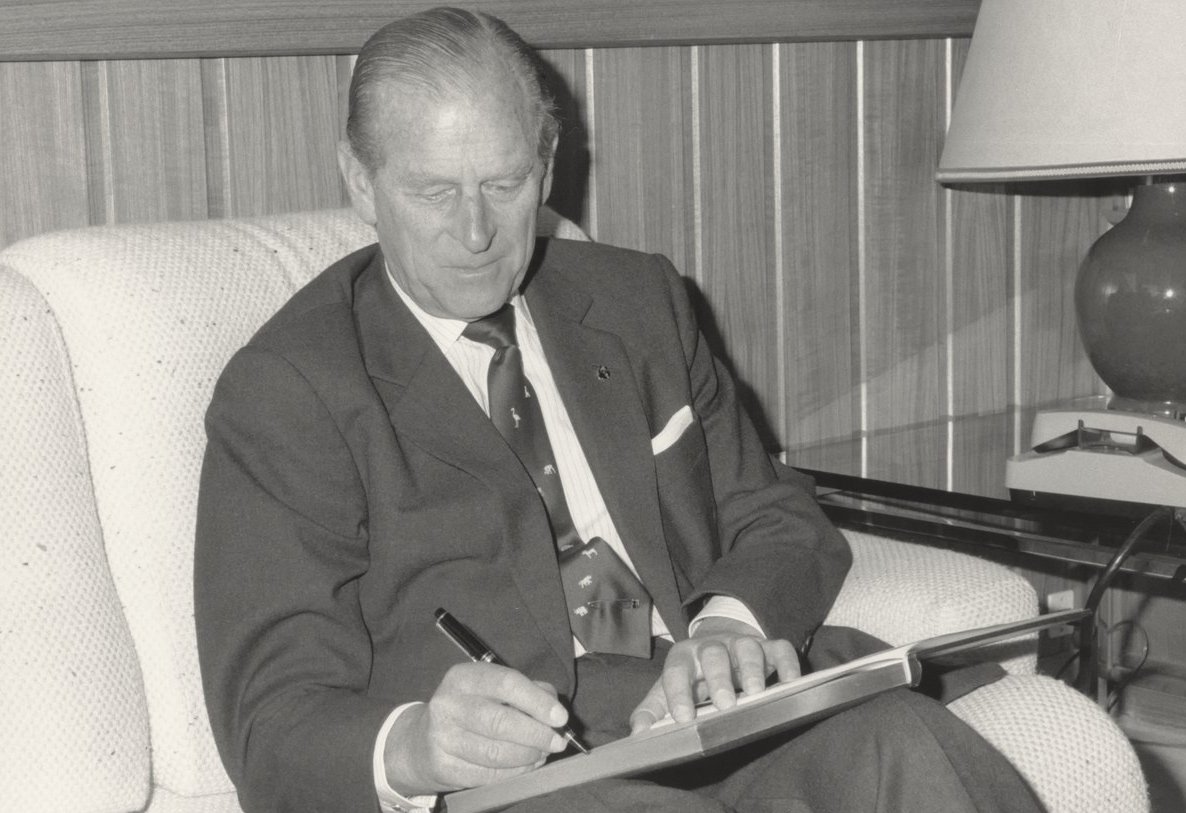 UNESCO, Michel Claude, CC BY-SA 3.0, Wikimedia Commons
UNESCO, Michel Claude, CC BY-SA 3.0, Wikimedia Commons
British Royal Family: Queen Elizabeth II And Prince Philip
Philip inherited his royal roots long before he married the then-Princess Elizabeth in 1947. Prince Philip and Queen Elizabeth II were married for over seven decades, making Philip the longest-serving British consort in history. So, you may wonder how closely King Charles III's parents, Queen Elizabeth and Prince Philip, were related. Wonder no more—here's the answer.
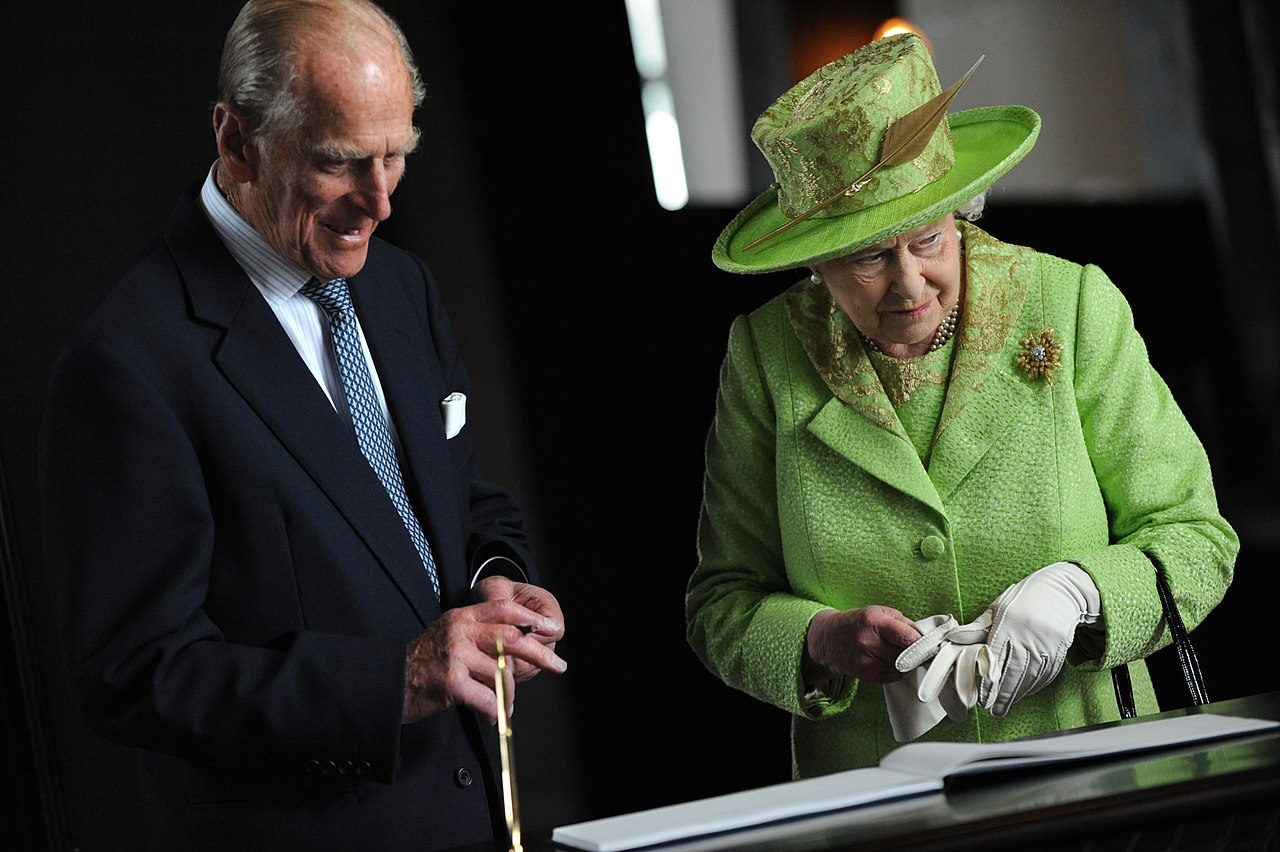 Titanic Belfast, CC BY 2.0, Wikimedia Commons
Titanic Belfast, CC BY 2.0, Wikimedia Commons
British Royal Family: Queen Elizabeth II And Prince Philip
Prince Philip was related to Queen Victoria as a great-great-grandson through his maternal side, and his future wife was related to Queen Victoria through her paternal family. Math not your thing? The answer is that Queen Elizabeth and Prince Philip were third cousins. But how did this royal connection shape the next generation? Let's take a look at some of those great-great-great-great-grandchildren of Queen Victoria they raised.
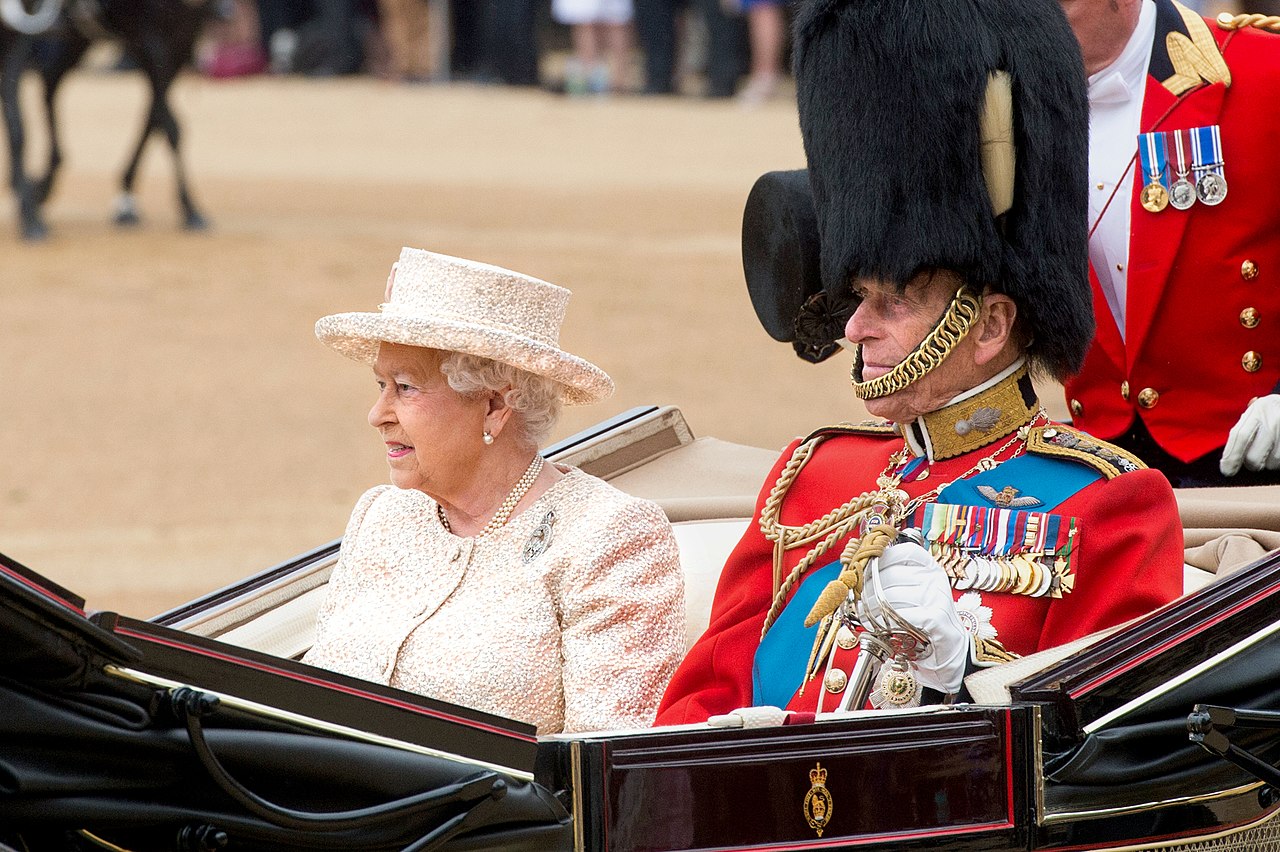 Myles Cullen, Wikimedia Commons
Myles Cullen, Wikimedia Commons
Queen Elizabeth II And Prince Philip's Children
Queen Elizabeth II and Prince Philip had four children: the current monarch, King Charles III; Anne, the Princess Royal; Prince Andrew; and Prince Edward. Together, they were the proud grandparents of eight grandchildren, many of whom also have children. But among these descendants, one stands out—the next generation of the royals set to carry on Queen Victoria's line.
HRH Prince William, Prince Of Wales
Prince William has a royal lineage in spades, tracing back to Queen Victoria through not one but two of her children—just like his father, King Charles III. His family tree is historic with ties to King Edward VII and Princess Alice. Alongside his wife, Catherine, and their three adorable kids, George, Charlotte, and Louis, he's a beloved figure in the UK. As for his younger brother and sister-in-law, let's just say they keep things interesting.
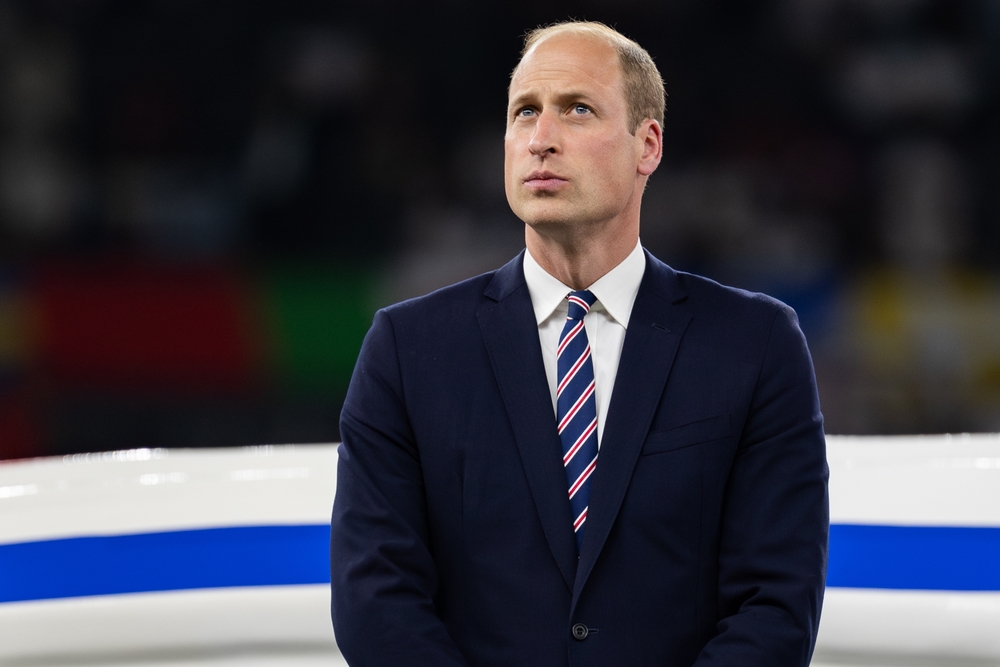 Mikolaj Barbanell, Shutterstock
Mikolaj Barbanell, Shutterstock
Prince Harry, Duke Of Sussex
Prince Harry, Duke of Sussex, may have stepped away from royal duties but hasn’t stepped out of the spotlight. A great-great-great-great-grandson of Queen Victoria, like his brother William, he made history in 2018 by marrying American actress Meghan Markle. Now living in sunny California with their kids, Archie and Lilibet, the Sussexes are no strangers to headlines—some flattering, some not so much. But they’re far from the only young royals keeping the world talking!
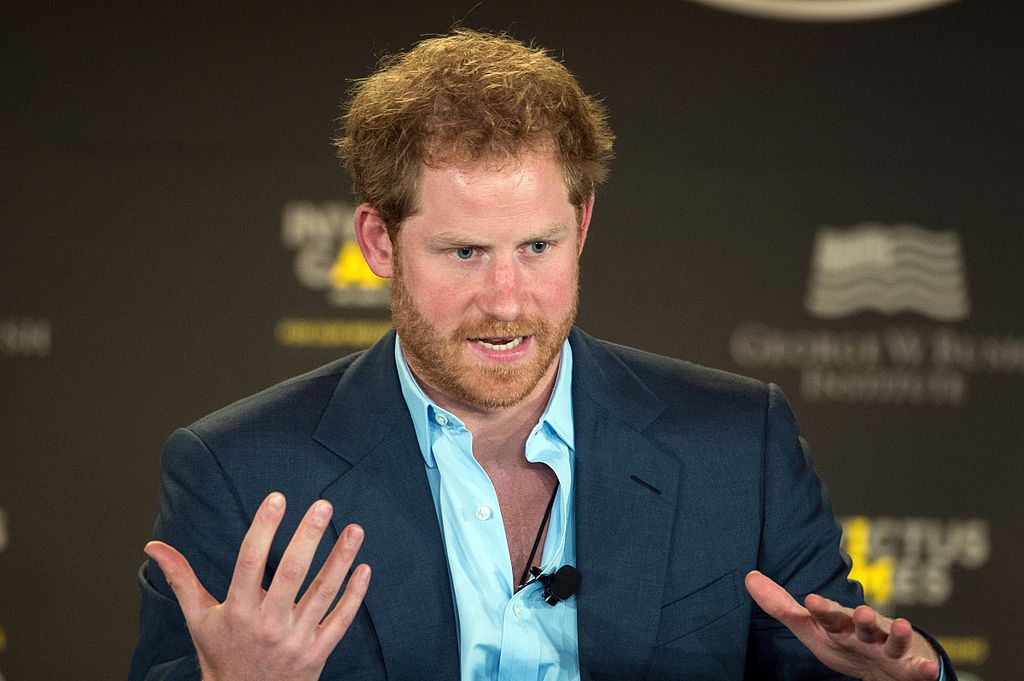 DoD News Features, CC BY 2.0, Wikimedia Commons
DoD News Features, CC BY 2.0, Wikimedia Commons
Zara Tindall
Zara Tindall, the accomplished equestrian and Olympian, is a royal with a competitive edge! The eldest grandchild of Queen Elizabeth II and niece of King Charles III, she won a silver medal at the 2012 Olympics and the 2006 Eventing World Championship. Known for her marriage to rugby player Mike Tindall, Zara also made headlines when she carried the Olympic flame on her horse, Toytown, at Cheltenham Racecourse. Fun fact: King Charles III helped name her, which makes her a bit of a favorite with her uncle! Other European royals continue to carry Queen Victoria’s royal legacy alongside Zara.
Scandinavian Royal Descendants Of Queen Victoria
Queen Victoria's influence extended far beyond England, reaching numerous royal households across Europe, including Scandinavia. Four of her nine children married into Scandinavian royal families—some of which you might be surprised to learn still have reigning monarchs today.
 After John Jabez Edwin Mayall, Wikimedia Commons
After John Jabez Edwin Mayall, Wikimedia Commons
Scandinavian Royal Descendants: Norway
Both the Norwegian and British royal families trace their lineage to King Edward VII (1841–1910), son of Queen Victoria. The British royal family descends from his son, King George V, while the Norwegian royal family descends from his daughter, Maud, who married King Haakon VII.
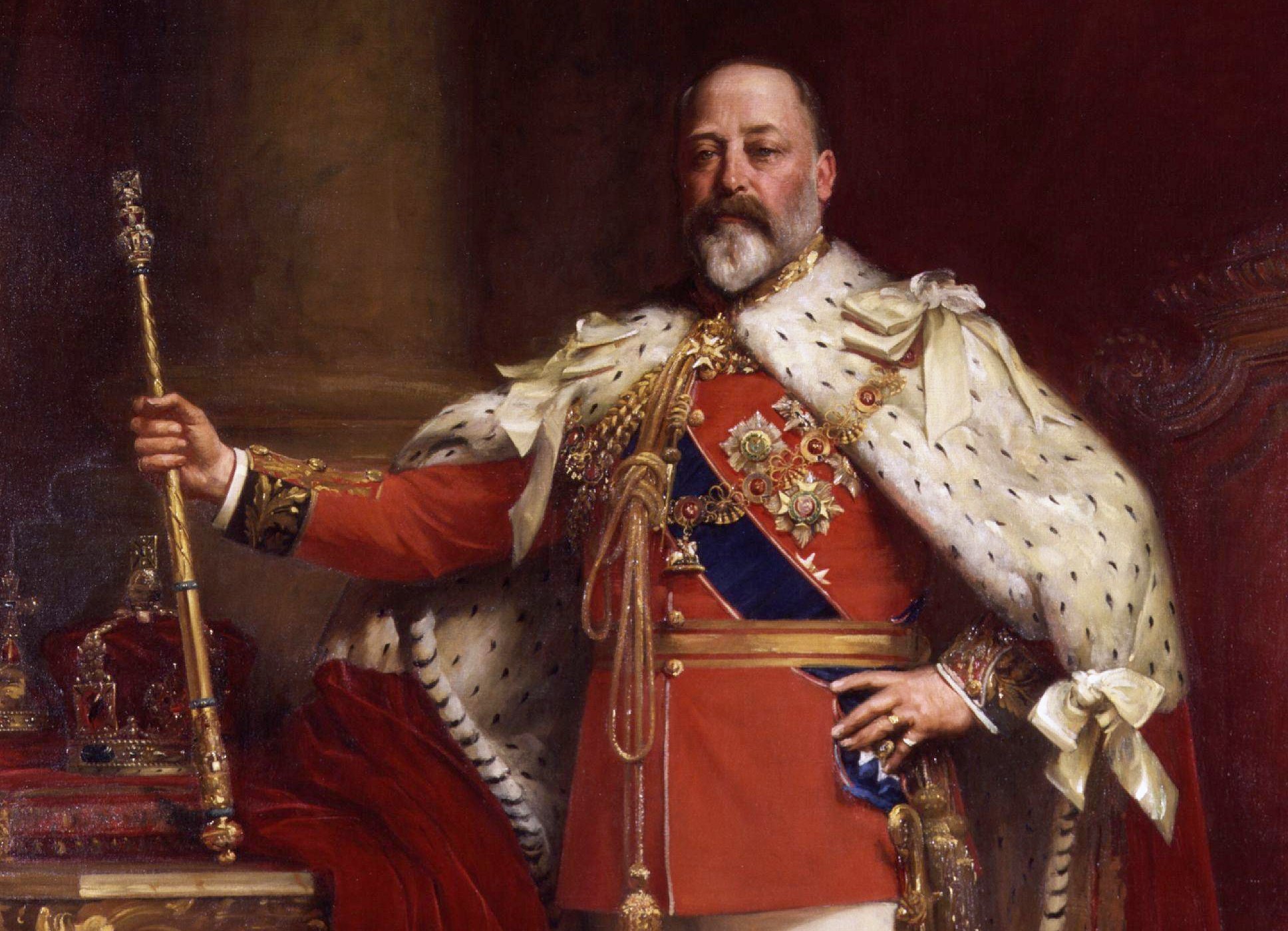 Luke Fildes, Wikimedia Commons
Luke Fildes, Wikimedia Commons
King Harald V Of Norway
King Harald V of Norway has reigned since 1991. A member of the House of Glücksburg, he is the third child and only son of King Olav V and Princess Märtha of Sweden. Unlike his second cousin, Queen Margrethe II of Denmark, who stepped down in 2024, Harald has no plans to abdicate. Through his grandmother, Queen Maud, the youngest daughter of King Edward VII, he is a great-great-grandson of Queen Victoria.
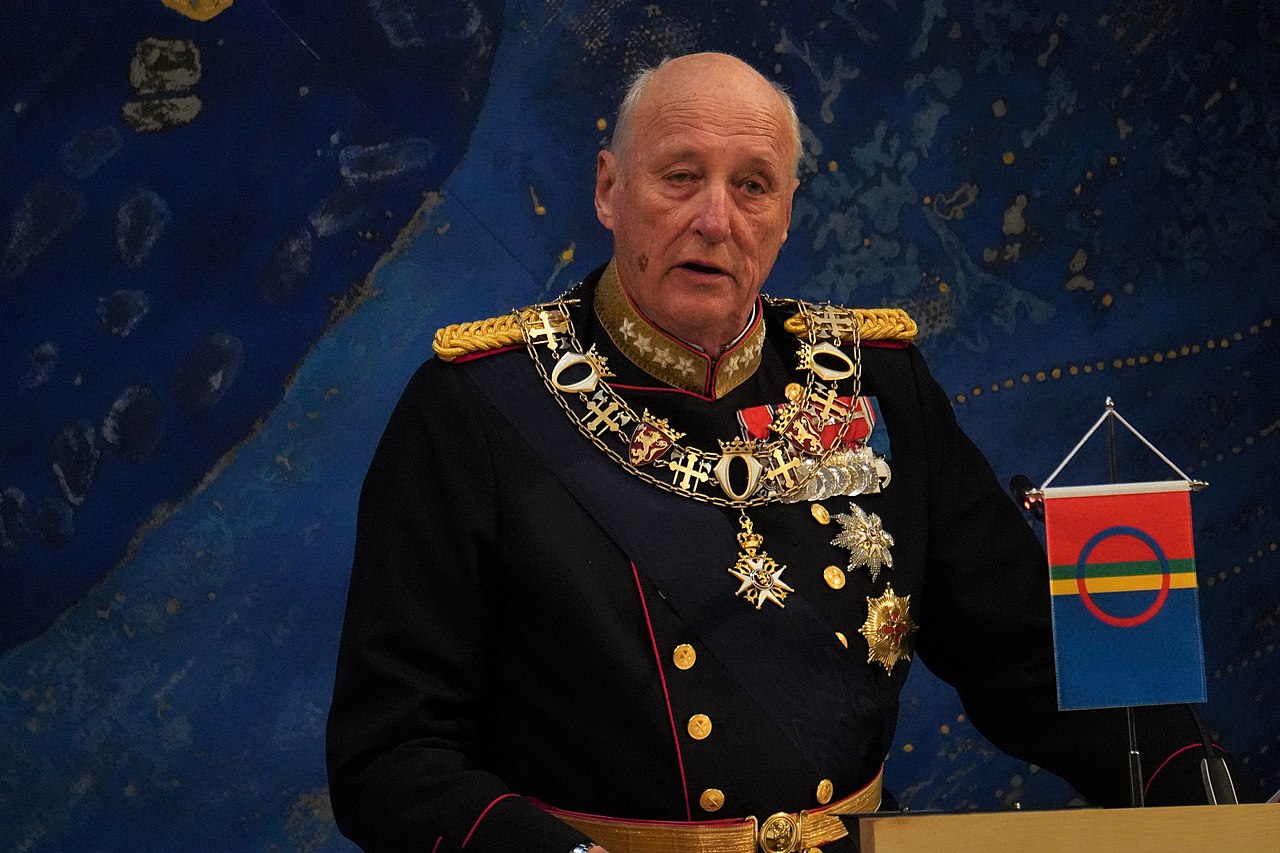 Sámediggi - Sametinget, CC BY 2.0, Wikimedia Commons
Sámediggi - Sametinget, CC BY 2.0, Wikimedia Commons
Haakon, Crown Prince Of Norway
Crown Prince Haakon of Norway is the heir apparent to the Norwegian throne. He is the only son of King Harald V and Queen Sonja, representing the fourth generation of the current royal family of the House of Glücksburg.
This descendant of Queen Victoria graduated from the University of California, Berkeley and the London School of Economics. Not too shabby!
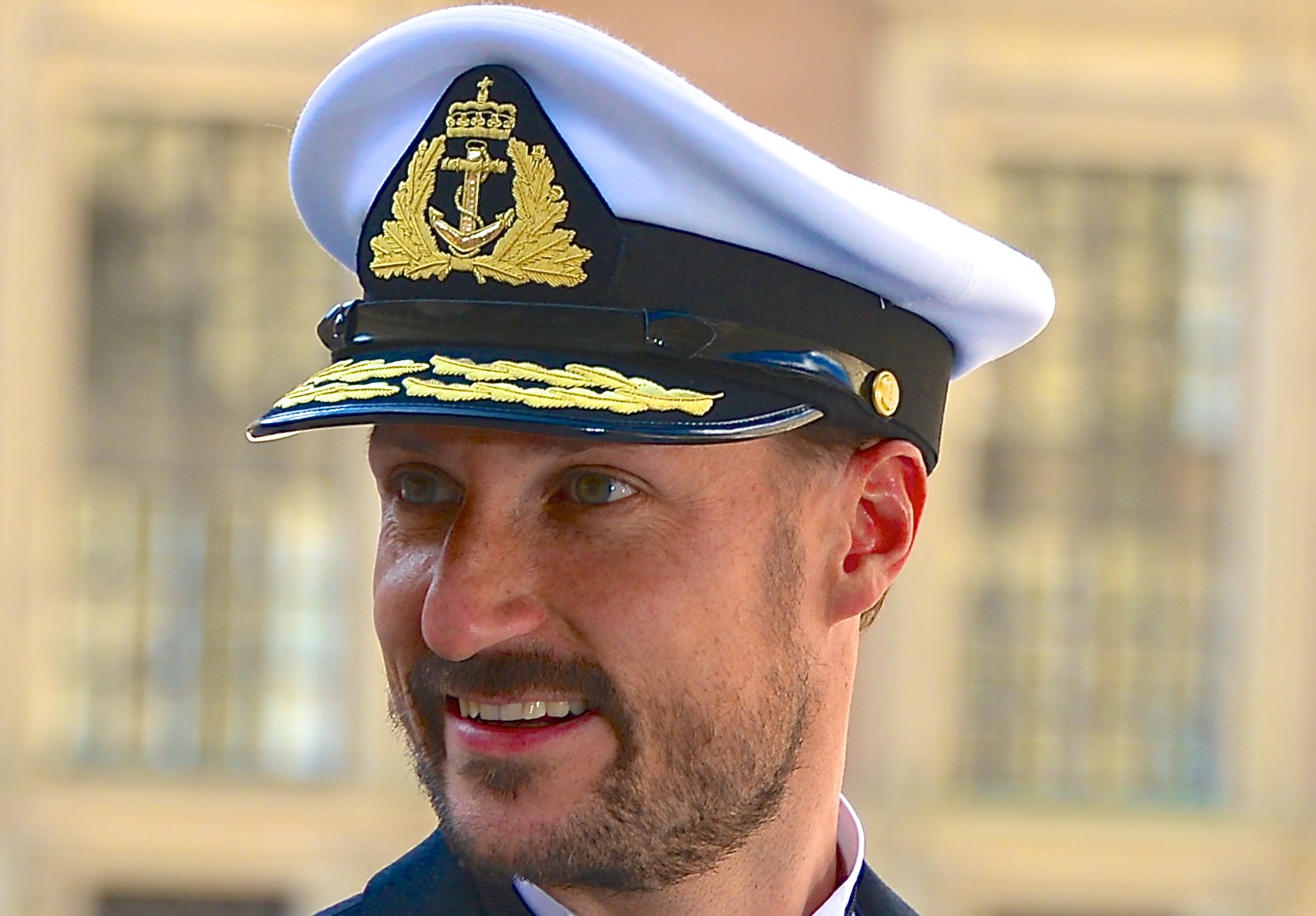 Frankie Fouagnthin, CC BY-SA 3.0, Wikimedia Commons
Frankie Fouagnthin, CC BY-SA 3.0, Wikimedia Commons
Princess Ingrid Alexandra Of Norway
Princess Ingrid Alexandra of Norway is making waves—literally and figuratively! The future queen, set to be Norway’s first female monarch in 600 years, isn’t just royalty; she’s also a champion surfer and a trained gunner in the military. Whether riding the waves or mastering artillery, she’s proving she’s ready for anything. Gnarly, indeed!
Scandinavian Royal Descendants: Sweden
Sweden's royal family traces its lineage to Queen Victoria through two separate lines. Her third son, Prince Arthur, and her youngest son, Prince Leopold, both had descendants who now contribute to the Swedish monarchy.
King Carl XVI Gustaf Of Sweden
King Carl XVI Gustaf was born at Haga Palace in Solna on April 30, 1946, at 10:20 am, the first son of Heir Apparent Gustaf Adolf and Princess Sibylla. He is a great-great-grandson of Queen Victoria and descends from her through his father and mother, setting up a pretty illustrious bloodline for the future monarchs of Sweden.
 Bengt Nyman, CC BY 2.0, Wikimedia Commons
Bengt Nyman, CC BY 2.0, Wikimedia Commons
Victoria, Crown Princess Of Sweden, Duchess Of Västergötland
Crown Princess Victoria of Sweden will make history as the country’s first queen regnant since 1720—talk about a long time coming! Though her younger brother was briefly heir apparent, a constitutional change put things right, making the monarch’s eldest child the rightful successor. Now, as the future queen, she’s proving that royalty and resilience go hand in hand. You go, girl!
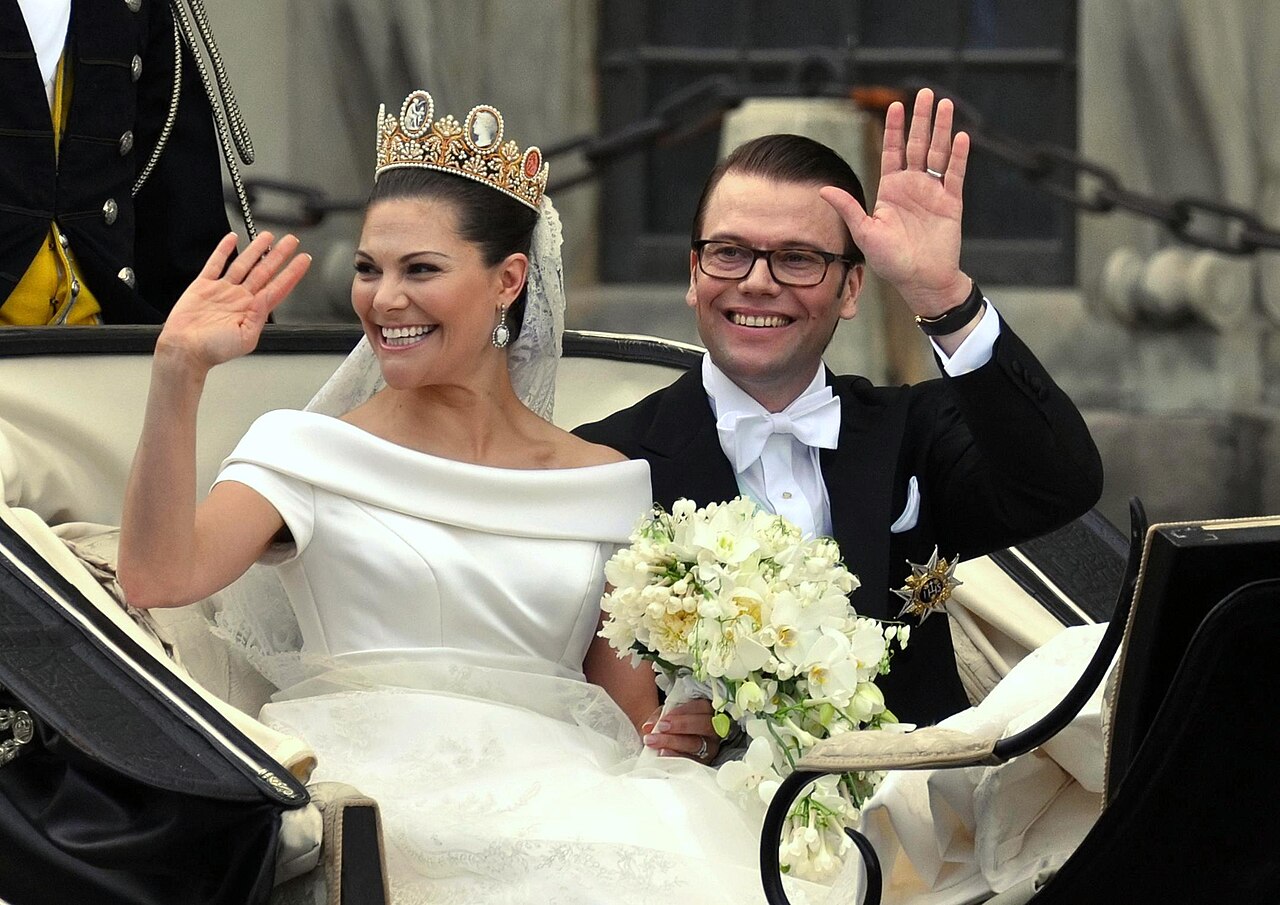 Holger Motzkau 2010, CC BY-SA 3.0, Wikimedia Commons
Holger Motzkau 2010, CC BY-SA 3.0, Wikimedia Commons
Princess Estelle Of Sweden, Duchess Of Östergötland Of Sweden
Princess Estelle of Sweden is a royal trailblazer from birth! As the eldest child of Crown Princess Victoria and Prince Daniel, she is the first Swedish princess whose place in the line of succession cannot be bumped by a younger brother. She's also the first in Swedish history born to a female heir apparent—talk about a double dose of history-making! The future is looking bright (and royal) for this little powerhouse.
 Llevenius, CC BY-SA 4.0, Wikimedia Commons
Llevenius, CC BY-SA 4.0, Wikimedia Commons
Scandinavian Royal Descendants: Denmark
Queen Victoria's son, Edward VII, married Alexandra of Denmark. King Christian IX, known as the "Father-in-law of Europe," was the father of Alexandra, who was now Edward VII's queen consort and the daughter-in-law of Queen Victoria.
 William Powell Frith, Wikimedia Commons
William Powell Frith, Wikimedia Commons
Margrethe II, Queen Of Denmark
Margrethe II was a prominent figure in the Danish royal family. She served as Queen of Denmark from January 14, 1972, until her abdication on January 14, 2024. With a reign lasting precisely 52 years, she became the second-longest reigning monarch in Denmark's history, following Christian IV. Additionally, she holds the distinction of being the most recent female monarch to reign in the world.
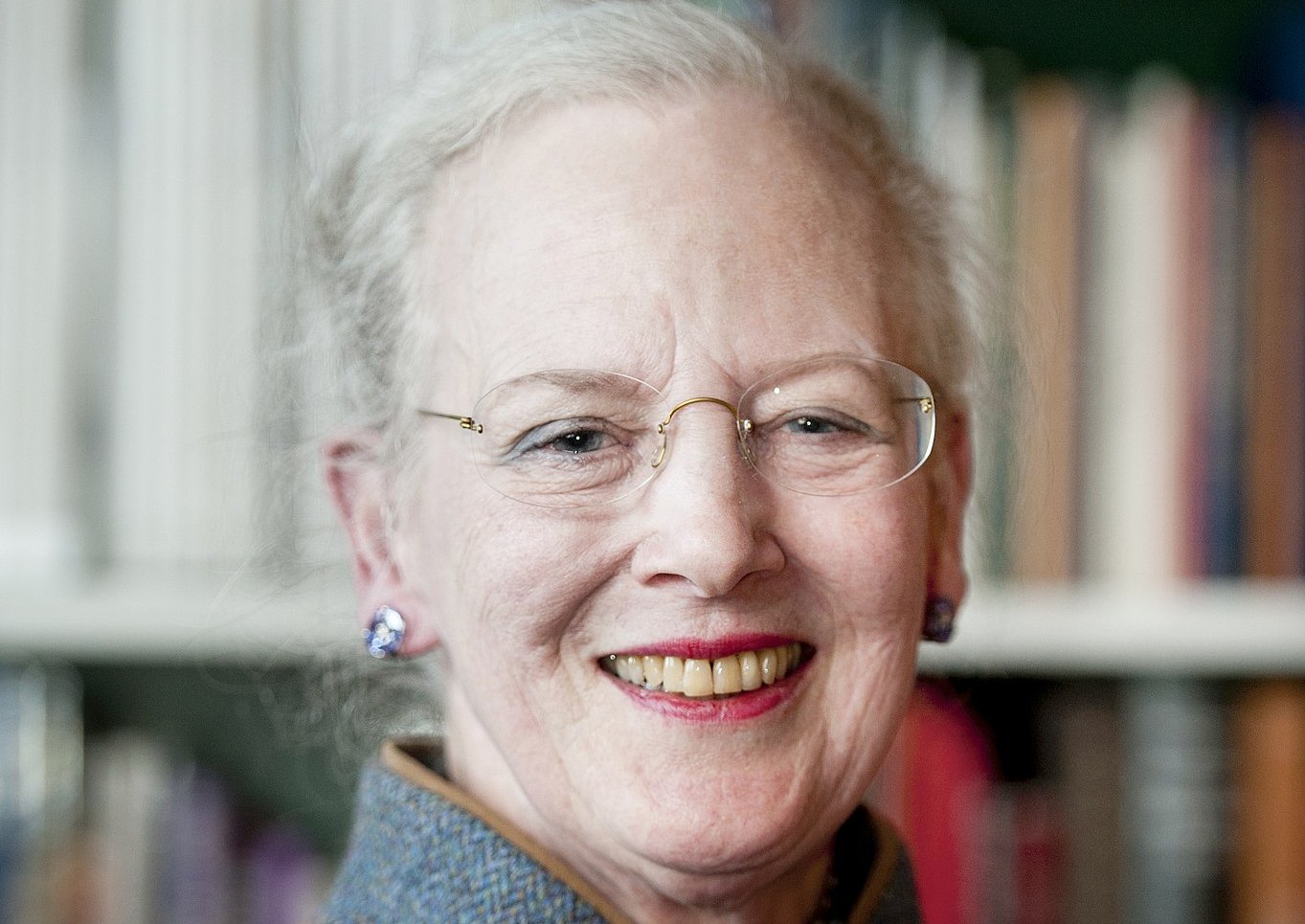 Johannes Jansson/norden.org, CC BY 2.5, Wikimedia Commons
Johannes Jansson/norden.org, CC BY 2.5, Wikimedia Commons
King Frederik X Of Denmark
King Frederik X of Denmark took the throne on January 14, 2024, but long before that, he was just "Pingo," the navy trainee waddling in a waterlogged wetsuit. The son of Queen Margrethe II and Prince Henrik, he’s got both royal pedigree and a down-to-earth charm. In a true modern fairy tale style, he met Queen Mary at a Sydney pub during the 2000 Olympics—because sometimes, even kings find love over a pint. Good on ya, Pingo!
Christian, Crown Prince Of Denmark, Count Of Monpezat
In Denmark, royal tradition calls for a king’s name to alternate between Frederik and Christian, so when Crown Prince Frederik had a son, it was no surprise that he named him Christian. Meet Prince Christian, Count of Monpezat, heir apparent to the Danish throne and the eldest son of King Frederik X and Queen Mary. If Prince Christian has a son one day, we might see the tradition continue with a little Frederik! Keep those royal names coming!
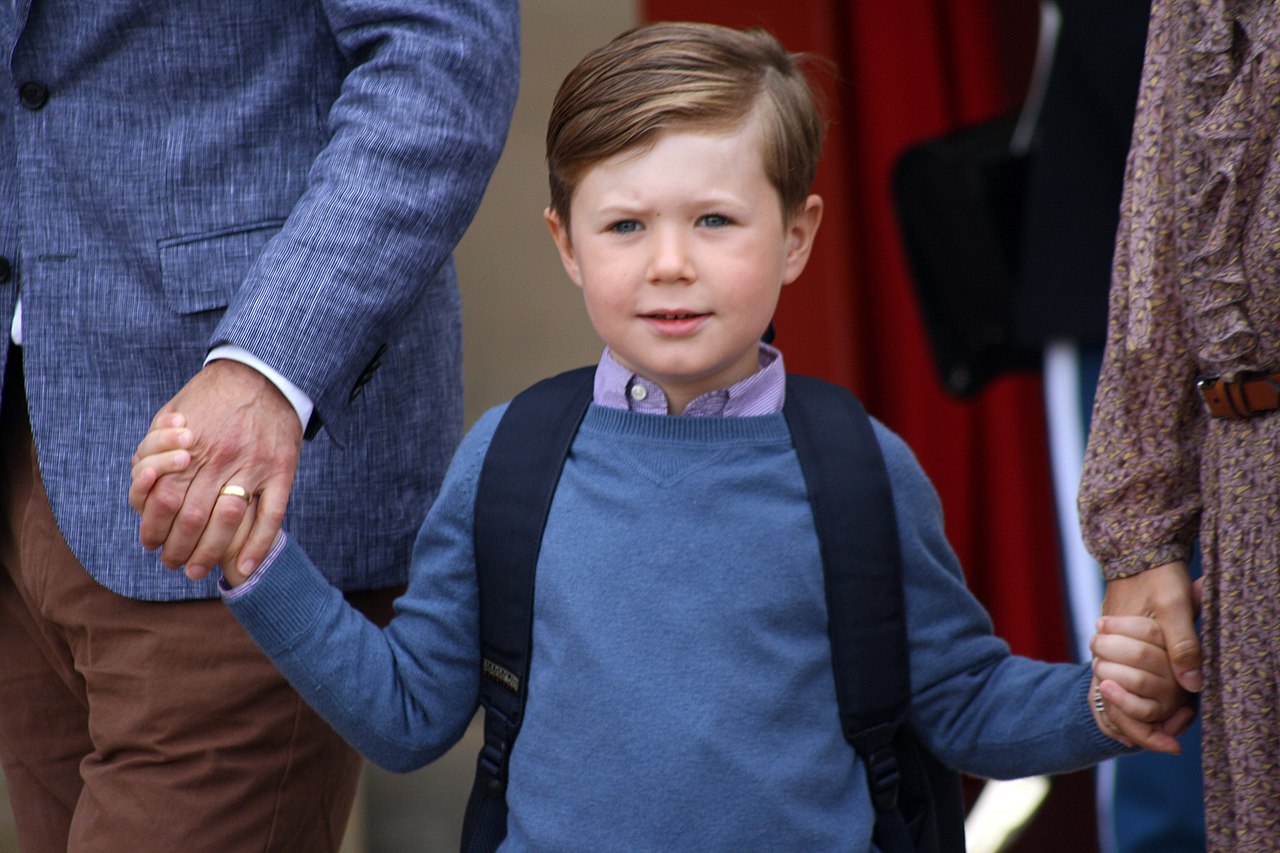 VisitCopenhagen, CC BY 2.0, Wikimedia Commons
VisitCopenhagen, CC BY 2.0, Wikimedia Commons
The Kingdom Of The Netherlands
The royal family of the Netherlands traces its lineage to Queen Victoria through Queen Beatrix, a descendant of Victoria's eldest daughter, Princess Victoria. Princess Beatrix was the reigning monarch for over 30 years.
 Rob Croes, Anefo, CC0, Wikimedia Commons
Rob Croes, Anefo, CC0, Wikimedia Commons
King Willem-Alexander Of The Kingdom Of The Netherlands
King Willem-Alexander isn’t just the first male Dutch monarch since 1890—he’s also pretty handy with a needle and thread! As a former member of the RNLI Lifeboat Service, he sewed his own wetsuit. Ruling over the Kingdom of the Netherlands (which includes Aruba, Curaçao, and Sint Maarten), he and Queen Máxima are raising three royal daughters, including future queen Amalia. A king who sails, sews, and parents—now that’s a modern monarch!
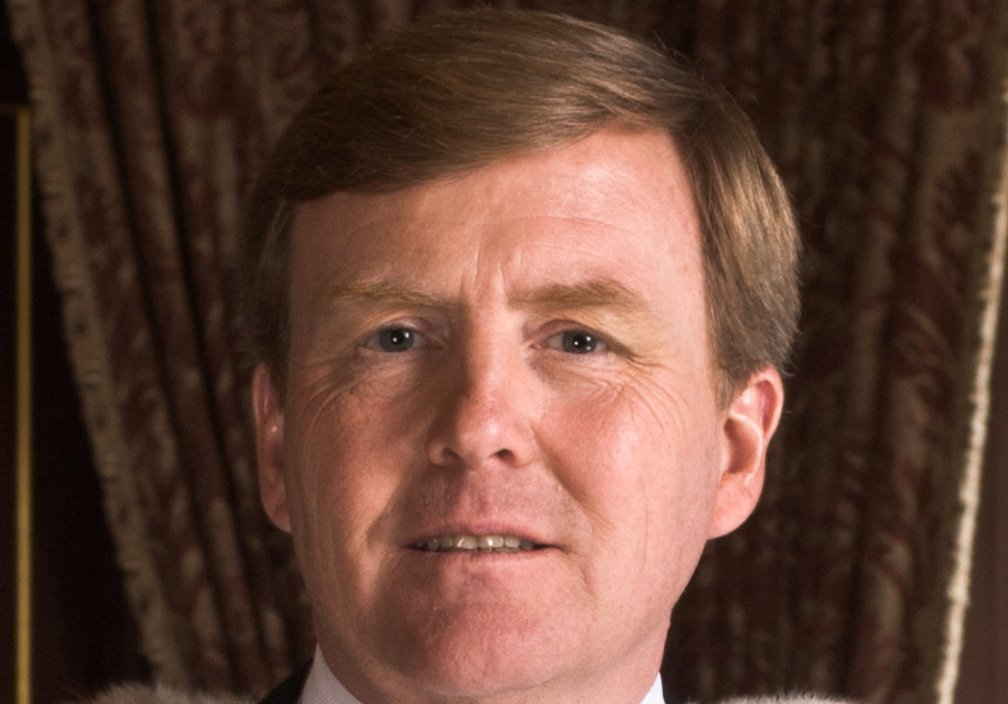 Koos Breukel, CC0, Wikimedia Commons
Koos Breukel, CC0, Wikimedia Commons
Catharina-Amalia Beatrix Carmen Victoria Princess Of The Netherlands, Princess Of Oranje-Nassau
Princess Amalia, heir to the Dutch throne, is as down-to-earth as she is famous—attending school like any other Dutch kid, despite having over 70 streets and tunnels named after her! Fluent in Dutch, Spanish, and English, she’s got the perfect royal toolkit for a modern monarchy. With a blend of tradition and normalcy, she’s proving that even future queens can ace their homework before ruling a kingdom!
 Ian Jones, CC BY 2.0, Wikimedia Commons
Ian Jones, CC BY 2.0, Wikimedia Commons
Spanish Royal Descendents
Princess Beatrice, the youngest daughter of Queen Victoria, and her daughter, Princess Victoria Eugenie of Battenberg, married into the Spanish royal family. Victoria Eugenie became Queen of Spain upon marrying King Alfonso XII.
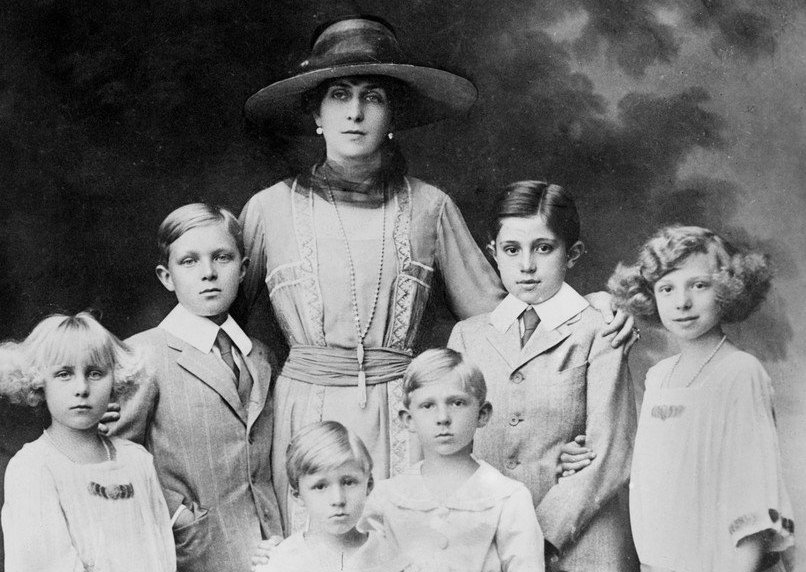 Unknown Author, Wikimedia Commons
Unknown Author, Wikimedia Commons
King Juan Carlos I
Juan Carlos I, a member of the Spanish royal family, served as King of Spain from November 22, 1975, until his abdication on June 19, 2014. Since stepping down, he has typically been called the Rey Emérito, or King Emeritus.
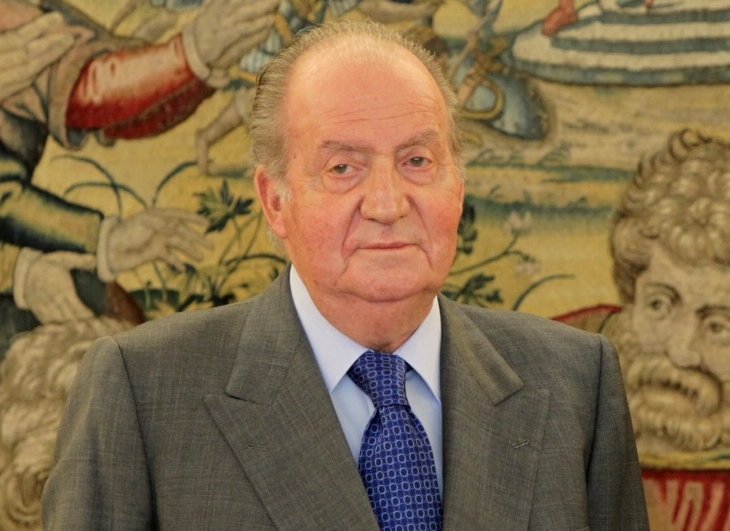 Irekia, CC BY 2.0, Wikimedia Commons
Irekia, CC BY 2.0, Wikimedia Commons
King Felipe VI
King Felipe VI isn’t just royalty—he’s also an Olympian, having competed with the Spanish sailing team at the 1992 Barcelona Games. Meanwhile, Queen Letizia made history in her own right as a top TV news presenter before becoming Spain’s first commoner queen. Together, they’ve brought a modern touch to the monarchy, balancing tradition with a dash of Olympic spirit and newsroom savvy!
 Vox Congreso, CC0, Wikimedia Commons
Vox Congreso, CC0, Wikimedia Commons
Leonor, Princess Of Asturias
Leonor, Princess of Asturias, is set to make history as Spain's first Queen Regent since Isabel II. Leonor, the older of King Felipe VI and Queen Letizia's two daughters, is already showing she has what it takes to wear the crown. Following tradition, she's tackling a three-year military training program—because every future monarch needs to know their way around a command post! With royal duty and discipline on the agenda, Spain's future looks regal and battle-ready.
 Ministry of the Presidency. Government of Spain, Wikimedia Commons
Ministry of the Presidency. Government of Spain, Wikimedia Commons
Queen Victoria’s Descendants: Deposed Royal Houses
Queen Victoria's descendants ruled over former monarchies, including the German, Russian, and Romanian royal families, which no longer exist as ruling houses. Let’s take a moment to remember them now.
 Franz Xaver Winterhalter, Wikimedia Commons
Franz Xaver Winterhalter, Wikimedia Commons
Germany: House Of Hohenzollern
Queen Victoria's marriage to Prince Albert of Saxe-Coburg and Gotha cemented her strong ties to German royalty. Their daughter, Victoria, Princess Royal, married Prince Frederick William of Prussia, later Emperor Frederick III. Their son, Wilhelm, became Kaiser Wilhelm II, making him Queen Victoria's grandson. With her mother hailing from Germany, Victoria spoke only German until age three, further intertwining her legacy with German royalty.
 Studio of Thomas Heinrich Voigt, Wikimedia Commons
Studio of Thomas Heinrich Voigt, Wikimedia Commons
Russia: The House Of Romanov
Queen Victoria's family connections extend to the Russian Romanovs through her granddaughter, Princess Alix of Hesse, who became Empress Alexandra Feodorovna by marrying Tsar Nicholas II. Alexandra carried the hemophilia gene, which she passed to her son, Tsarevich Alexei. The Romanov dynasty ended with the Russian Revolution and the execution of the family in 1918, marking a tragic conclusion to their storied history.
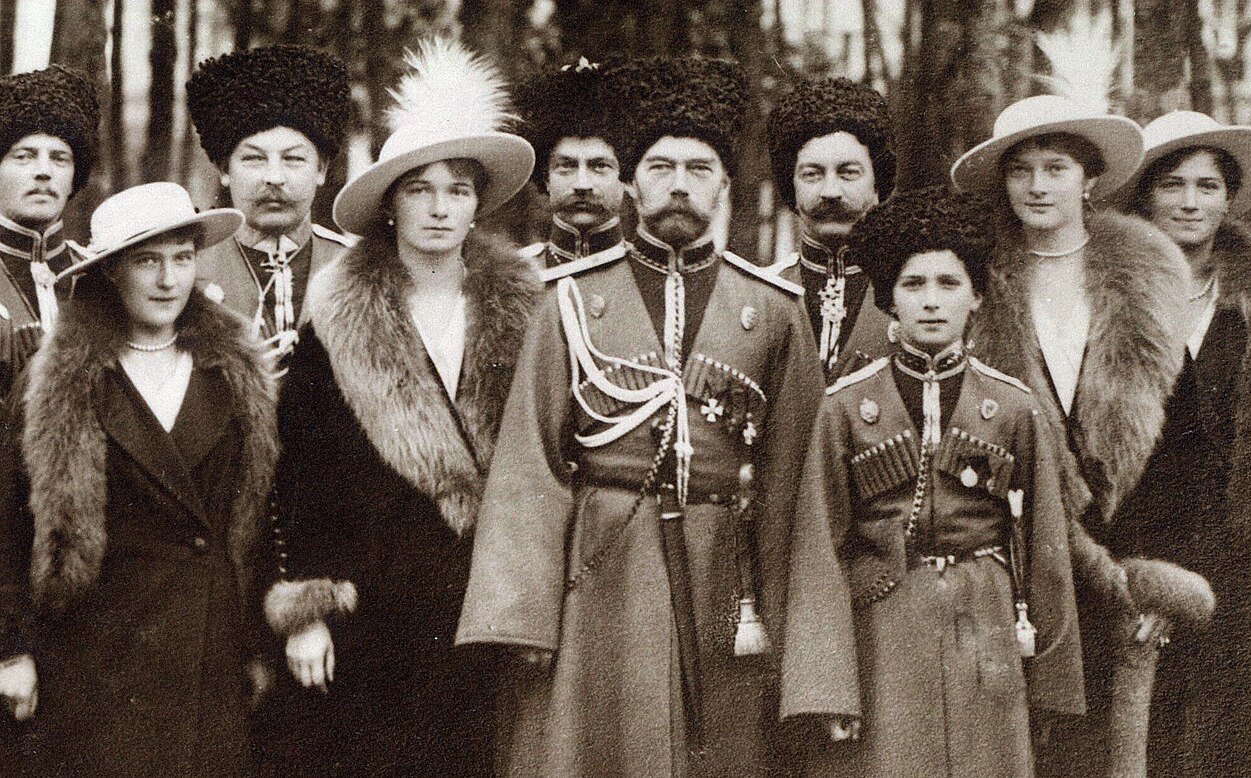 Beinecke Rare Book and Manuscript Library, Wikimedia Commons
Beinecke Rare Book and Manuscript Library, Wikimedia Commons
The Kingdom Of Romania
Queen Victoria’s granddaughter, Princess Alice, married Grand Duke Louis IV of Hesse, linking their family to Romania’s royal lineage. King Michael I of Romania, the last monarch, was a great-grandson of Queen Victoria through his mother, Princess Helen. After World War II, the Soviet Union pressured Romania to abolish the monarchy, forcing King Michael into exile. He returned after the 1989 revolution, but the royal family still held cultural significance.
You May Also Like:
King Charles III, The Patient King
The Tragic Story Of The Last Tsarina
Prince Albert Was Queen Victoria's Obsession



